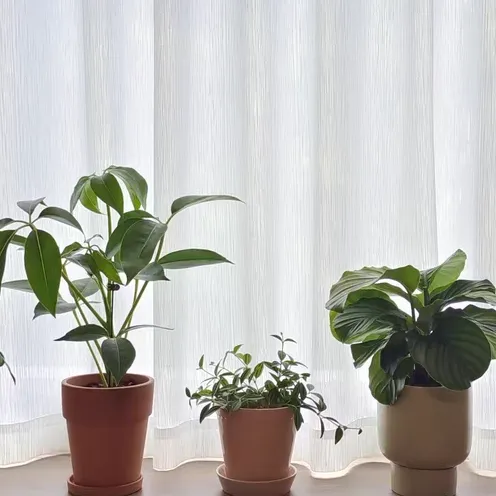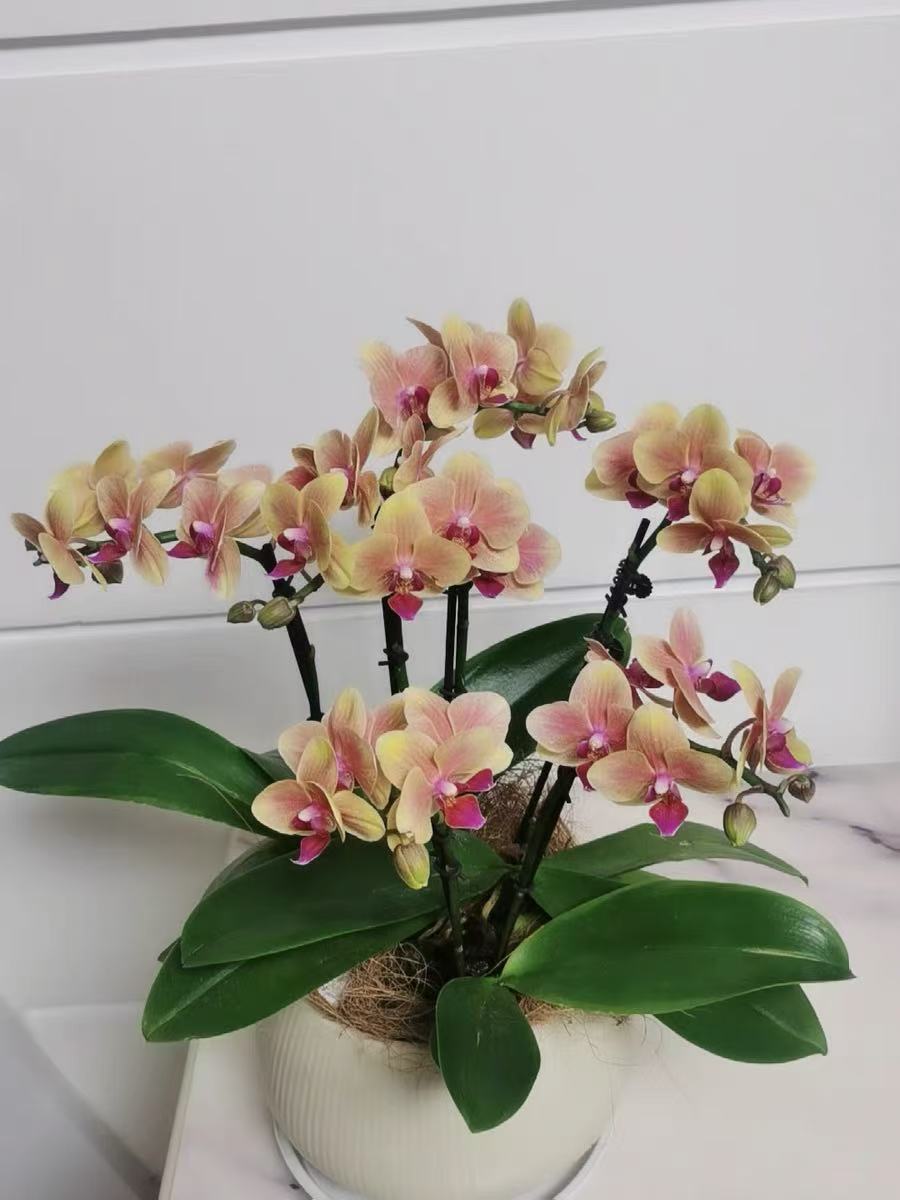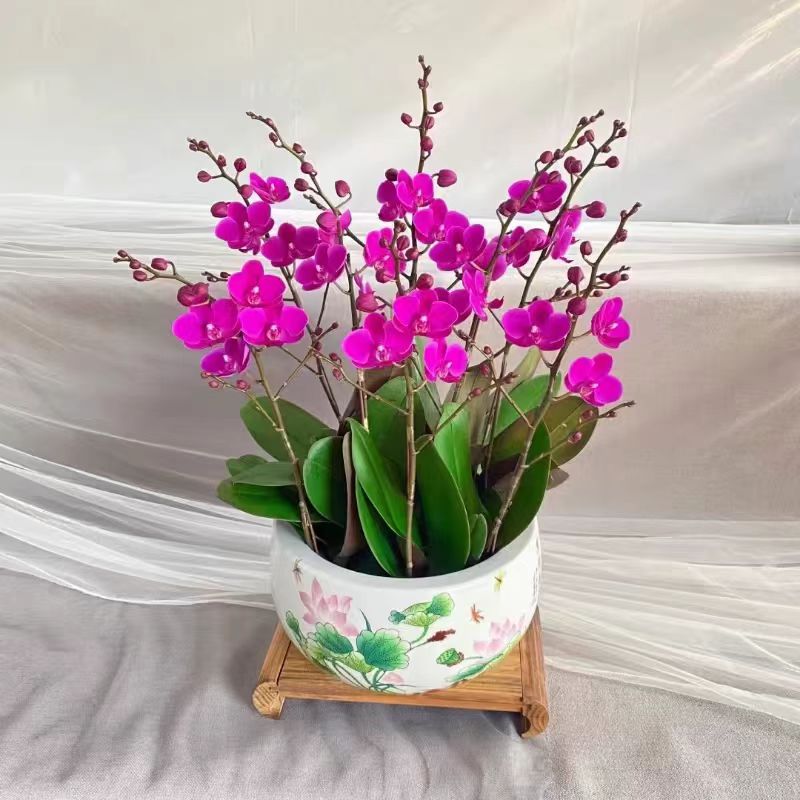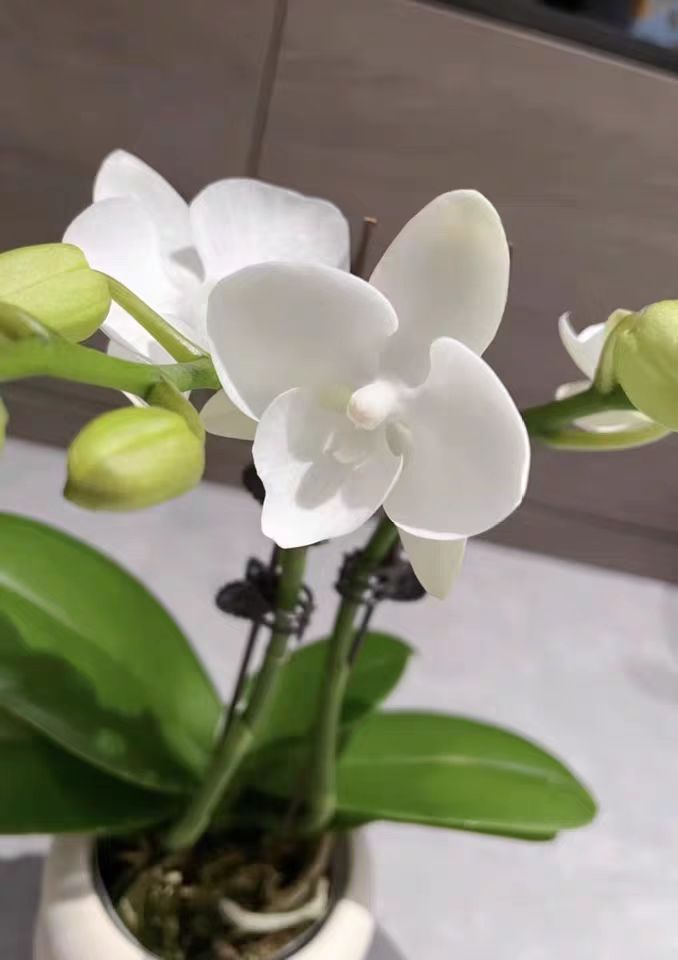Have you ever been纠结 about whether to choose soil planting or hydroponics when growing flowers? Today, I will introduce the differences between these two methods in detail, so that you can easily master the essence of flower cultivation!
**Growth Environment**
Soil Planting: It's like sending the plants back to the embrace of nature. There is a wide variety of soil types. Loose leaf - mold soil, fertile garden soil, and well - drained sandy loam soil provide stable support for the plant roots, allowing them to stretch out and root deeply. It's like having a safe haven, enabling the plants to easily cope with any disturbances from the outside world.
Hydroponics: The plant roots are directly immersed in nutrient solution or clean water. The environment is clean and transparent, and you can clearly see the condition of the roots. However, this environment is rather "fragile". Slight changes in temperature, water quality, or nutrient solution concentration can cause the roots to "act up", so extra careful care is needed.
**Water Management**
Soil Planting: When watering, you need to consider the water - retention capacity of the soil, the plant's water requirements, and the weather conditions. Water thoroughly to ensure that every inch of the root system is well - hydrated, but never let water accumulate, otherwise the roots will be suffocated. Succulents are drought - tolerant and should be watered only when the soil is completely dry. Epipremnum aureum likes a humid environment and needs to be watered as soon as the soil surface dries.
Hydroponics: The water level is crucial and should be monitored at all times. Change the water regularly to ensure clear water and sufficient oxygen, otherwise algae are likely to grow. In summer, when the plants are growing vigorously, or when the water quality is poor, change the water 1 - 2 times a week. In winter, when the growth is slow, changing the water once every 2 - 3 weeks is sufficient. Add some nutrient solution when changing the water, and the plants will thrive.
**Nutrient Supply**
Soil Planting: Fertilizing is like a long - term battle. Apply base fertilizer before planting and top - dress during the growth process. Organic fertilizers and slow - release fertilizers can improve the soil, and compound fertilizers and water - soluble fertilizers can be supplemented as needed. However, too much fertilizer can easily burn the roots, so be careful.
Hydroponics: The nutrient solution is the plant's "nutritional express". Nitrogen, phosphorus, potassium, and trace elements are prepared according to the formula, and the concentration needs to be precisely controlled, generally 0.5‰ - 2‰, adjusted according to the plant's condition. Add an appropriate amount of nutrient solution each time you change the water, and the plants will be full of vitality. But if the ratio is incorrect, the plants may suffer from "malnutrition" or "over - nutrition".
**Root Morphology**
Soil Planting: The roots are like strongmen, well - developed and thick. The main roots drill deep into the soil, the lateral roots spread out in all directions, and the capillary roots tightly grasp the soil to absorb nutrients. Their color is yellowish - brown, full of the smell of soil.
Hydroponics: The roots are like fairies in the water, slender and tender. They stretch freely in the water, and the new roots are like transparent threads. In order to breathe in the water, they have even evolved an aeration tissue. Isn't it amazing?
**Pest and Disease Control**
Soil Planting: There are many germs and eggs in the soil, and root rot, leaf spot, aphids, etc. often cause trouble. Control measures include spraying pesticides, ventilation, exposure to sunlight, and soil disinfection. However, pesticides should not be used randomly, otherwise it will pollute the environment and harm the plants.
Hydroponics: The environment is relatively closed, so there are relatively fewer pests and diseases. But problems such as poor water quality and poor ventilation can also lead to issues like root rot, water mold, and mosquitoes. Keep the water quality good, disinfect the container, and ventilate. For problems, use biological control or low - toxicity pesticides, which are mild and effective.
Tagged in :





Leave a Reply